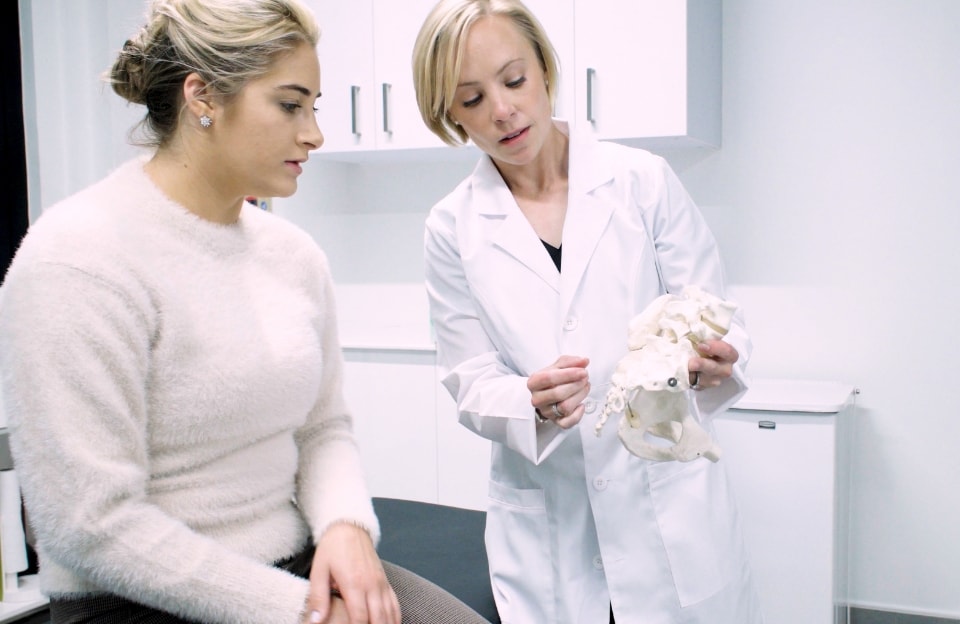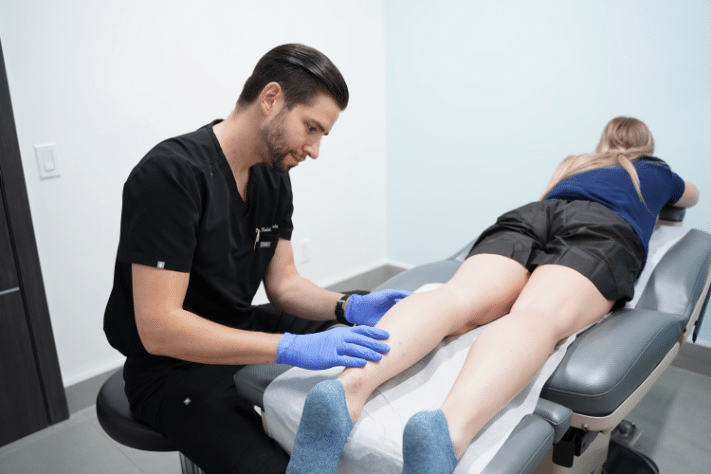When to See a Vascular Doctor? Know the Right Time to Visit Vein Treatment Doctors
If you've ever wondered when to see a vascular doctor, you're not alone. Many people ignore early signs of vascular problems, thinking they are just cosmetic or not serious. However, seeing vein treatment doctors at the right time can prevent complications, improve circulation, and significantly enhance your quality of life.
Knowing the symptoms to watch for and understanding what a vascular doctor does can help you make informed decisions about your health. This guide will walk you through the signs, conditions, and benefits of consulting a vascular specialist before it’s too late.
What Does a Vascular Doctor Do?
Before we dive into when to see a vascular doctor, it helps to understand what they actually do. Vascular doctors, also known as vascular surgeons or specialists, diagnose and treat conditions related to the circulatory system, including arteries, veins, and lymphatic vessels.
Their work isn’t limited to surgery; in fact, many vein treatment doctors use non-invasive or minimally invasive procedures to treat common issues such as varicose veins, blood clots, and peripheral artery disease (PAD).

Early Symptoms You Shouldn’t Ignore
So, when to see a vascular doctor? The answer lies in the symptoms. Early detection is crucial in managing vascular issues effectively. Here are common signs that indicate it’s time to consult a vein specialist:
1. Leg Pain or Cramping
If you frequently experience leg pain, especially during walking or climbing stairs, it could be a sign of peripheral artery disease. This condition restricts blood flow to the limbs and needs prompt evaluation.
2. Swollen Legs or Ankles
Chronic swelling in the legs or ankles might signal venous insufficiency, where the veins have trouble sending blood from your limbs back to your heart. Vein treatment doctors can diagnose this with simple tests and recommend proper treatment.
3. Varicose or Spider Veins
These enlarged, twisted veins are often more than just a cosmetic concern. They can cause aching, burning, and discomfort. If left untreated, they may lead to ulcers or blood clots.
4. Skin Discoloration or Ulcers
Skin that looks reddish or brown, or ulcers near your ankles, are warning signs of chronic venous disease. This condition gets worse over time, so early intervention by a vascular doctor is essential.
5. Numbness or Coldness in Extremities
If your hands or feet often feel cold or numb, it might indicate poor circulation or narrowed arteries. A vascular doctor can determine if there’s an underlying blockage that needs to be addressed.
Risk Factors That Increase the Need for a Vascular Doctor
Even if you’re not experiencing obvious symptoms, some risk factors can increase your likelihood of vascular issues. You should proactively consult vein treatment doctors if you:
- Have a family history of vascular disease or varicose veins
- Are over 50 years old
- Smoke or have smoked in the past
- Live a sedentary lifestyle
- Have diabetes, high blood pressure, or high cholesterol
- Are pregnant or have had multiple pregnancies
Knowing when to see a vascular doctor is especially important if you fall into any of these categories. Preventative care can save you from severe complications later on.
What to Expect During a Visit
When you see vein treatment doctors, your first visit will likely include a detailed health history, a physical exam, and possibly an ultrasound or other diagnostic test. These evaluations help determine the cause of your symptoms and the best treatment options.
Treatments may include:
- Compression therapy
- Lifestyle changes (diet, exercise)
- Minimally invasive procedures like sclerotherapy or laser ablation
- Surgical interventions, if necessary
The goal is always to improve circulation, relieve symptoms, and prevent further complications.

Don’t Wait Until It’s Serious
Too often, people wait until they’re in severe pain or facing dangerous complications before seeing a specialist. However, knowing when to see a vascular doctor can make all the difference in outcomes. Many vascular conditions are progressive, meaning they will get worse without treatment.
Seeing vein treatment doctors early allows for less invasive procedures, better results, and a quicker recovery.
Take Control of Your Vascular Health
Your vascular system plays a critical role in your overall health. If you notice any of the warning signs or fall into high-risk groups, don’t ignore them. Make an appointment with a qualified vascular doctor or vein specialist.
Taking early action helps you avoid major procedures, improves your comfort, and restores your peace of mind.
Final Thoughts
Understanding when to see a vascular doctor is not just about treating discomfort—it's about protecting your long-term health. Whether you're dealing with varicose veins, leg pain, or unexplained swelling, qualified vein treatment doctors can provide the solutions you need.
Comments
Post a Comment